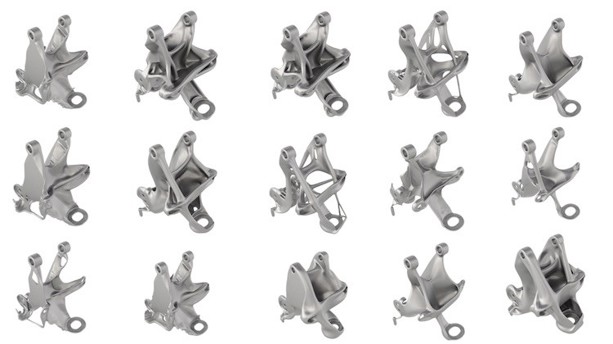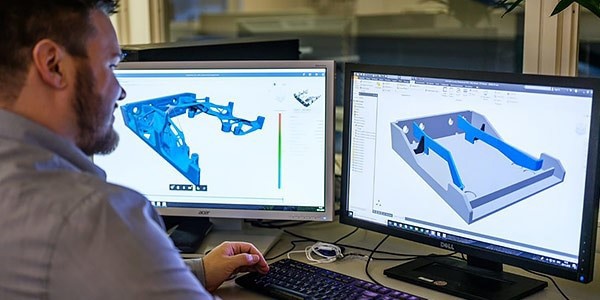Taming the Wild BOM: Why You Need a PLM System to Corral Your Data
Learn why you need a PLM system to help corral your data in our latest blog.

Article 1: With this being the first in a series of articles around Generative Design within the Manufacturing sector; a good starting point would be to set the scene as to what Generative Design is and what it can mean to you and your business.
Generative Design is a toolset and process for design exploration. You can enter your design objectives into Generative Design, alongside parameters such as performance requirements, materials, manufacturing methods and the cost constraints. The toolset then quickly generates, utilizing the cloud and numerous design alternatives, allowing you to explore all working outcomes.

All companies have and will continue to design, engineer, and manufacture their products in their own way. However, Generative Design is here to help provide insights into alternative and optimized outcomes. It is easier to break down the various benefits, as different businesses will look for different outcomes.
The Generative Design process factors in manufacturing processes, such as additive manufacturing, 5-axis, 3-axis and more methods, at an early design stage in the development process. Meaning that generated outcomes already factor in what manufacturing facilities you and your business have access to, allowing you to get to market faster.

Examples you will see from Generative Design have an obvious lack of material when compared with more traditional outcomes. This is an integral part of the calculations happening within the algorithm. Enhancing mass and material use, while maintaining high-performance standards and engineering constraints.

Generative Design helps to improve and elevate your product's durability, whilst eliminating areas of weakness from a design. Offering you and your business different possibilities, that may not have come to the surface otherwise.

With the increasing use and accessibility of additive manufacturing techniques, combined with Generative Design outcomes. Offers the possibility to consolidate multiple components into fewer solid parts.

The Generative Design process can help you meet your sustainability goals, through light-weighting, minimizing waste, and highlighting more sustainable materials.

Generative Design has been in development for some time, is not new to Autodesk. This means there are a lot of businesses that have already benefited from this technology and the benefits highlighted above. To round out this first article and to offer some inspiration as to where you and your business could use this unique technology. We wanted to illustrate a few examples to show the breadth of outcomes that can be achieved alongside the gains experienced by the businesses involved.
I hope you found this helpful! Look out for our next Generative Design Manufacturing-focused article, where I will explore the technologies and workflows available to you and your businesses, making the above possible today.
Learn why you need a PLM system to help corral your data in our latest blog.
Learn about BIM to GIS Collaboration Patterns Between Owners, AEC Firms, and Municipalities in our most recent blog post.
Learn about the Dynamic Duo of Water Infrastructure Management through Autodesk’s InfoWater Pro and Esri ArcGIS in our most recent blog post.
